Seas
One Woman's
True Story of
Shipwreck and
Survival
Deborah Scaling Kiley
With Meg Noonan
(Mariner)
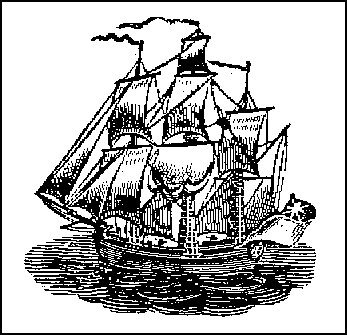
The most astonishing part of Untamed Seas is not the wreck or the survival in the stormy waters or signs of heroism. In fact, heroism seems to be in short supply with these five characters. The dialogue that goes back and forth between them while they are presumably fighting for their lives is worse by far than anything you've ever heard from the Bickersons:
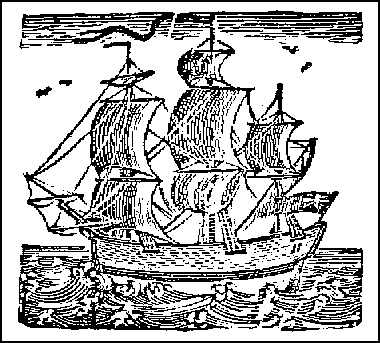 I got out from under the rubber cover to find Mark yanking on my little toe, saying, "I told you just to pull it off. It's so infected it's just going to fall off anyway."
I got out from under the rubber cover to find Mark yanking on my little toe, saying, "I told you just to pull it off. It's so infected it's just going to fall off anyway."
"Leave it alone. Don't touch it!" I kicked at him and caught him in the chin. He fell back against the side.
"Did you see that, Brad?" I asked. "The guy tried to rip off my toe."
"Mark, don't rip off Debbie's toe," Brad said without emotion.
"She's going to lose it. I was trying to help."
"Don't touch me again."
"I don't want to touch you."
"Asshole."
"Cunt."
Can you imagine being stuck on a liferaft with this bunch for an hour --- much less a week --- without getting fed up and diving overboard just to get away from their piddling, noxious, noisy endless nagging?
Debbie, the author of the book, turns out to be a weird one indeed. She confesses that she's been bulimic all these years, scarfing down big meals and then hotfooting it to the bathroom to upchuck it all. You'd think being shipwrecked at sea without food would be a dandy solution to her problem: no need to eat anything much less barf it all back up. Come to think of it --- maybe that's why she survived when Meg, Mark and John didn't. There she was, adrift, for days and days, without the temptation of hamburgers, or big fat juicy steak sandwiches, or a huge rich chocolate fudge sundae dripping with whipped cream, maraschino cherries and nuts. Instead, lost somewhere off of North Carolina in the barren, rolling seas, she was in a virtual feastless world, a paradise for your standard anorexic/bulemic.
Knowledge
One Semester of
Gross Anatomy,
The Gateway to
Becoming a Doctor
Steve Giegerich
(Scribner)
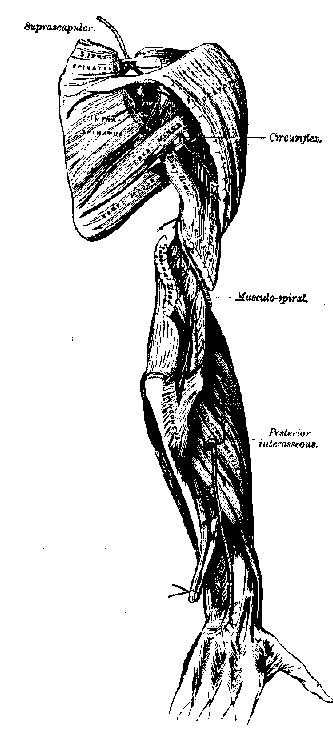
For one thing, he's very fond of dangling sentences, and the passive voice. You know about the passive voice?
Circumspection had yet to enter the equation when Ivan returned to Table 26 with shears and hacksaw.
Or, in the dangle department:
No one's idea of paradise even in its heyday as a mecca for Cuban expatriates, by the time the Gonzalezes turned up, little Havana was in a precipitous decline.
Or, ack,
Keeping a promise to her mother that Ivan would be held to a degree of discipline in Miami proportionate to that meted out by Anna Maria in Managua, Maria Elena rode herd on her younger brother, enrolling him in an English as a Second Language course at the neighborhood elementary school within six weeks of his arrival.
You remember what our 10th Grade English teacher, the redoubtable Miss Ferris, would do with the first two? AWK! she would write in the margin. And for the last: like a caged raptor, AWK! AWK! AWK!
In addition, there are some other quirks that drive us up the wall, viz,
A smile crossed Udele's face, her eyes softened, the ardor evaporated. Today was not about intensity; from personal experience, Udele knew there would be enough of that later.
Or,
The Class of 2002 knew the time to obsess over what they were about to do to the essence of the cadavers' identity would come soon enough. But first they had a rendezvous with the seventh circle of medical school hell.
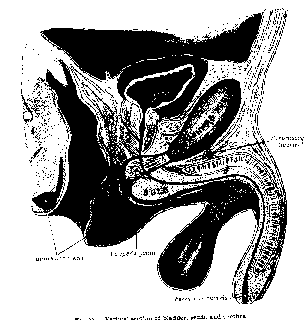 Dear Miss Ferris would underline that business about the face and the eyes, and write CLICHÉ. "Obsess?" She would write TRANSITIVE in large letters, so that we would know that the verb was merely a transit to the caboose "with." She probably wouldn't like that "rendezvous with hell" business much either. She didn't much cotton to authors who wanted to bring television language into the chalk-filled room at 203B.
Dear Miss Ferris would underline that business about the face and the eyes, and write CLICHÉ. "Obsess?" She would write TRANSITIVE in large letters, so that we would know that the verb was merely a transit to the caboose "with." She probably wouldn't like that "rendezvous with hell" business much either. She didn't much cotton to authors who wanted to bring television language into the chalk-filled room at 203B.
If the language doesn't offend you, and if you want to know about the smell of the dissection room, and if the stuff oozing from a freshly cut cadaver (they pick it up with something called a "juice machine") doesn't make you want to toss your tacos --- then Body of Knowledge is the one for you. Meanwhile, lets see if we can get Geigerich a scholarship to New Jersey University of Medicine, Dentistry, and Composition --- so that the writing in his next book will be worthy of the subject.
Pete Turner
(Graphis Press)
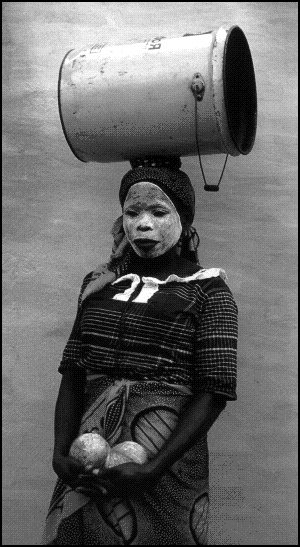
African Journey shies away from the ugly (except the required cheetah munching on the required corpse of the gazelle) --- so you might call it "romantic." The colors and the sharpness --- most of the photographs come from thirty and forty years ago --- put you right there. You are it. It is rich and fun and you could do worse to get one of these volumes for yourself and rip it to pieces.